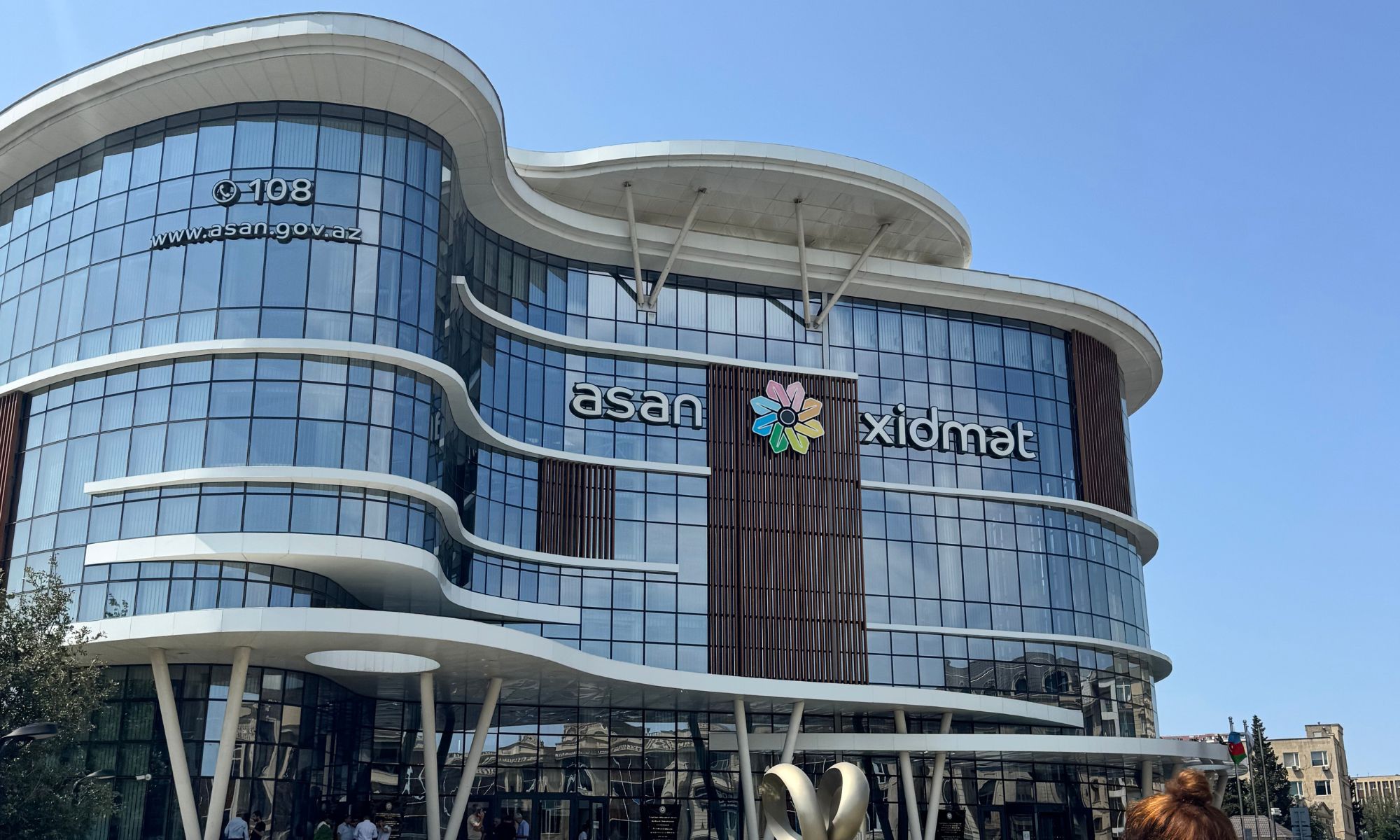Can GovTech handle Africa’s fragmented governance?
Prince Forghab, Master of Public Policy student and Mastercard Foundation scholar (AfOx) explores whether digital innovation can overcome the political hurdles of public service delivery in diverse African societies.

Across Sub-Saharan Africa, citizens too often encounter a state that is inefficient, opaque and captured by narrow interests. Governance is frequently characterised by fragmentation, corruption and low citizen trust, problems magnified in multi-ethnic nations where patronage networks thrive. The question is whether technology can help break this cycle.
Some commentators refer to certain African nations as “predatory states”, where elites harness public power for private gain rather than national development. This behaviour erodes the social contract between governments and the general public. As economist Stefan Dercon argues, the key to development is not just policy, but politics. Specifically, the establishment of a “development bargain”. This is a shared commitment among a country’s ruling elite to prioritise long-term national growth over short-term rent-seeking, even when they do not have agreement on policy direction.
Without this collaboration, top-down reforms often fail. So, can the use of technology in the form of GovTech be a catalyst to create this crucial consensus and improve government services?
The ASAN blueprint: efficiency through centralisation
A compelling model of government use of technology emerges from Azerbaijan. The ASAN Service Centre initiative, a “one-stop-shop” for over 400 public and private services, has streamlined bureaucracy, reduced corruption and rebuilt public trust.
Its success lies in a powerful design. Operated by the State Agency for Public Service and Social Innovations (SAPSSI), which reports directly to the president, ASAN combines strong central oversight with decentralised service delivery. This dual mandate allows it to cut through ministerial silos. All staff are trained under a unified code, fees are fixed, and services are digitally tracked, eliminating avenues for petty bribery and ensuring standardised quality nationwide. This institutional coherence is a stark contrast to the fragmented systems common in many Sub-Saharan African countries.
The transferability challenge: beyond technology
The allure of replicating ASAN in Africa is clear. However, its success was built on conditions often absent in Sub-Saharan contexts: reliable infrastructure, high digital literacy, and, crucially, a highly centralised political authority that limited veto players.
The greatest barrier is not technical, but political. Model platforms like ASAN standardise processes and reduce discretionary power, directly threatening the patronage networks that sustain many elites. Importing such a system without the requisite political buy-in risks what experts call “isomorphic mimicry” that is, adopting the facade of reform without its substance. A fancy digital portal would not change much if behind the screens, the same old games of access and favouritism are still being played.
Consider Cameroon, which operates a hybrid governance system of decentralisation and deconcentration. Overlapping authority between elected officials and appointed technocrats creates duplication and hinders accountability. In such a system, a one-stop-shop would face immense resistance from those who benefit from the existing, fragmented complexity.
The path forward: politics first, technology second
Attempting to introduce GovTech to Africa is not futile – the strategy for its adoption just needs to be reimagined. Considering the inherent trade-off between efficient service delivery and democratic accountability, the goal must be to use the promise of a GovTech reform to help forge the elusive "development bargain."
This involves building coalitions by demonstrating how a digital system could serve elite interests – for instance, by boosting national legitimacy, attracting foreign investment, or streamlining revenue collection, thereby equalising the playing field for everyone. The challenge here is not only technical adaptation, but equally a political re-engineering of the model. Disregarding this could mean cementing political autocracy.
Technically, the model must be adapted ruthlessly to local realities. This means: (1) Modular design: Piloting services in less politically sensitive sectors to prove value before scaling; (2) Hybrid systems: Combining online portals with mobile, offline-enabled service delivery to bridge the digital divide, and (3) Multilingual platforms: Ensuring linguistic inclusion in ethnically diverse nations.
GovTech is not a sine qua non response to ethnic tension or power-sharing disputes in Sub-Saharan Africa. However, a transparent, impersonal model system like ASAN can function as an impartial equaliser, ensuring citizens receive services based on right, not patronage. By reducing the opportunities for discretionary corruption, it can slowly help rebuild trust between citizens and the state.
Ultimately, the lesson from ASAN is not that Africa needs Azerbaijan’s software. It’s that Africa needs its own version of the political consensus that made ASAN possible. In doing so, partnerships with Azerbaijan to assist in navigating this journey can be profitable. Technology, irrespective of how powerful it is, cannot create political will. Sub-Saharan African states must broker the bargain before building the technology.

